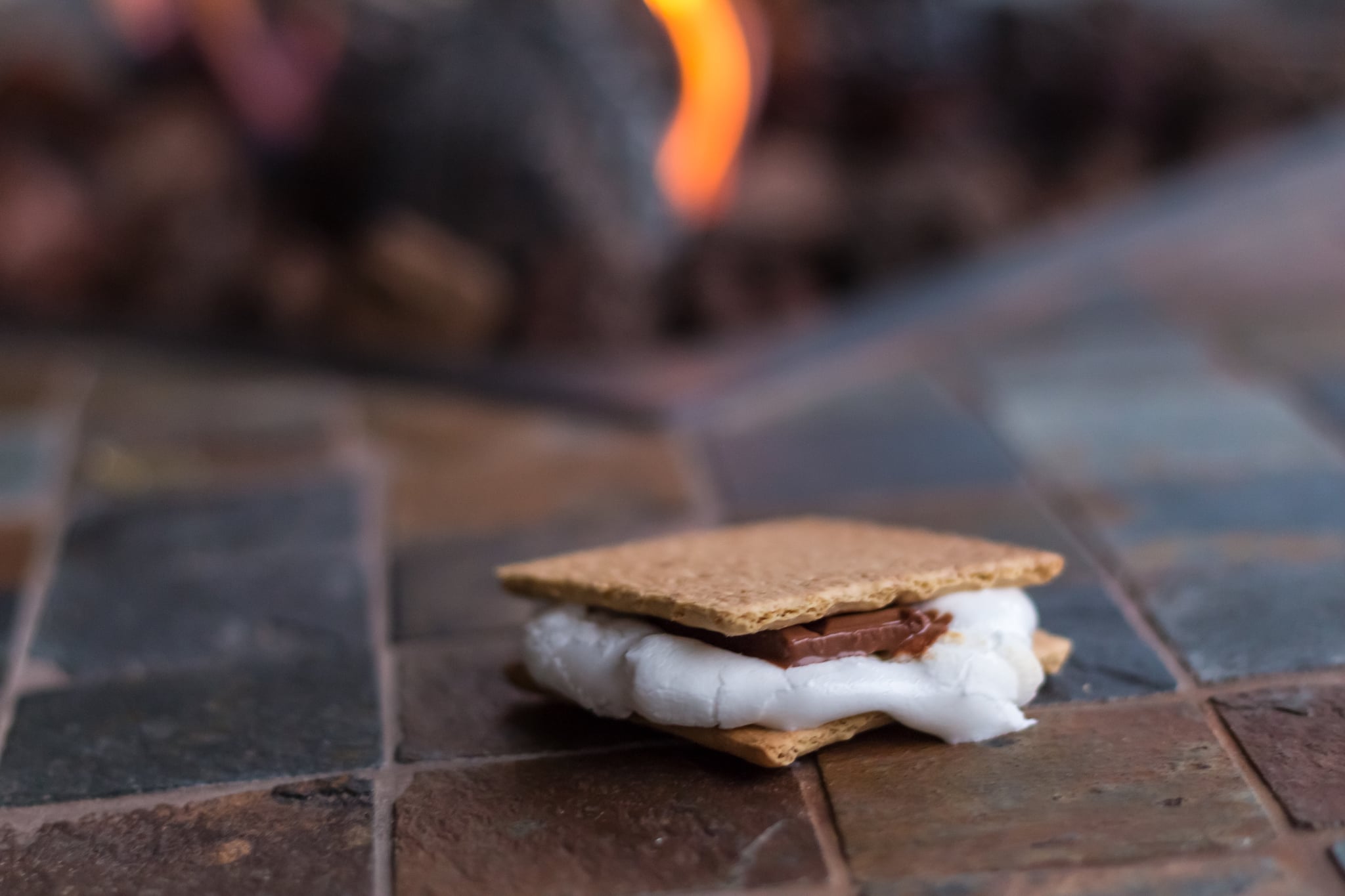Winterize your Outdoor Kitchen in 10 Easy Steps
Winter is almost here, and with temperatures in Burnaby, Coquitlam and the Lower Mainland dipping, it's getting a bit too cold for BBQs and outdoor get-togethers. Which is why now is the perfect time to winterize your outdoor kitchen to keep it in good shape for next year!
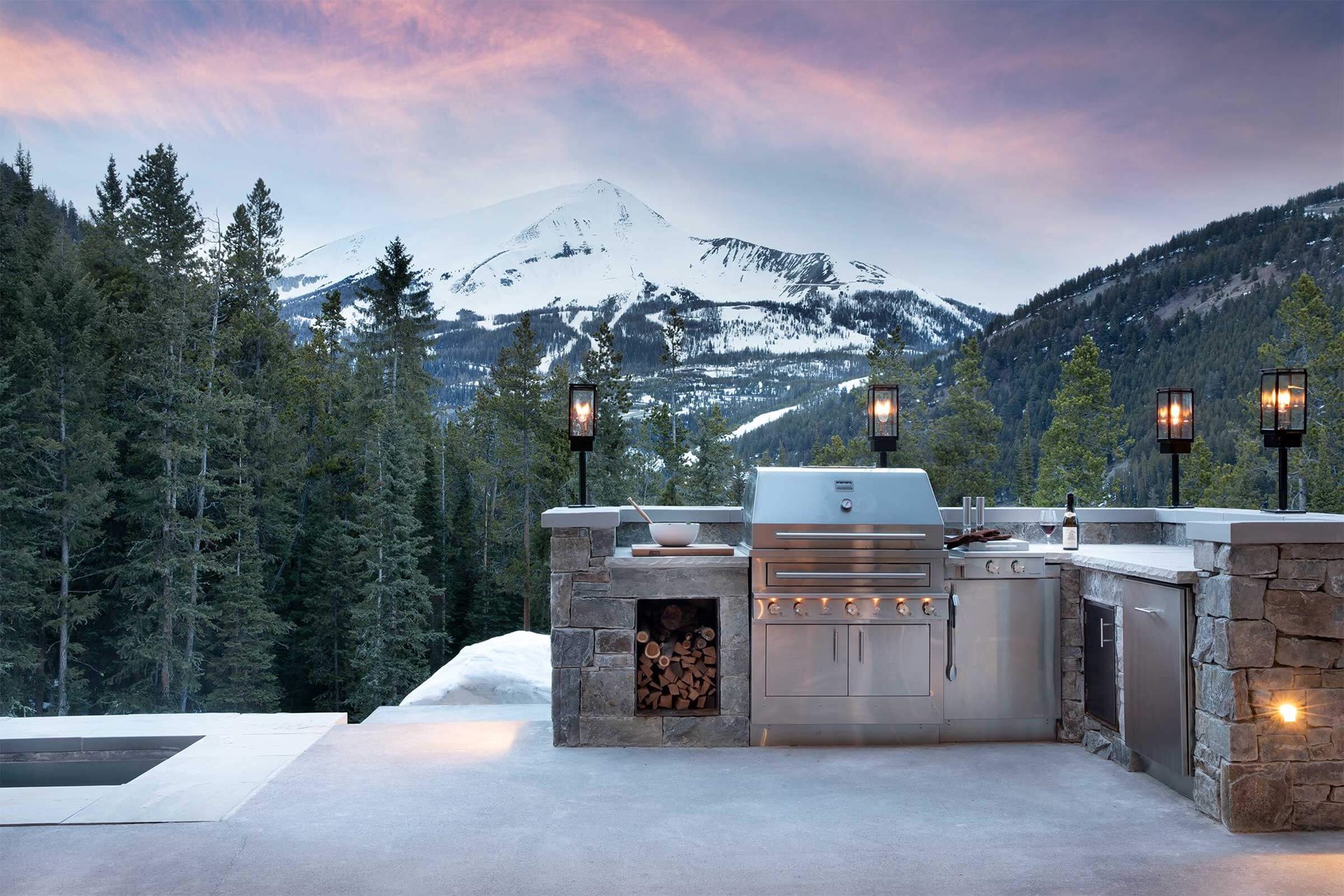
Outdoor kitchens offer homeowners many benefits and can be a great investment. Luckily, they don't need too much maintenance, but the maintenance they do require is extremely vital. They need protecting in even the milder winter climates of British Columbia.
To continue enjoying your outdoor space for years to come, you will need to ensure your kitchen is prepared for cooler temperatures, and knowing how to do this is essential. If you skip winterizing your outdoor kitchen, or do it wrong, you risk facing broken water lines and appliance damage (to name a few), as well as costly repairs later on.
Here are 10 simple ways you can effectively winterize your outdoor kitchen:
1. Shut Off Water Lines & Clear Your Pipes Any water remaining in the pipes and plumbing of your outdoor kitchen can be tough to handle if it isn't managed properly ahead of time.
In order to clear your pipes, all water should be shut off at the valve. Once it is shut off, you can begin draining the lines. Make sure you do not forget the water supply lines connected to refrigerators, ice makers, dishwashers, and sinks. All water should be drained from the supply lines and faucets before winter arrives. When temperatures drop near or below freezing, the water in your pipes can freeze too, causing them to burst. This problem can turn into a huge nuisance, racking up huge plumbing bills, leading to flooding, and putting your outdoor kitchen out of bounds until the issue is resolved.
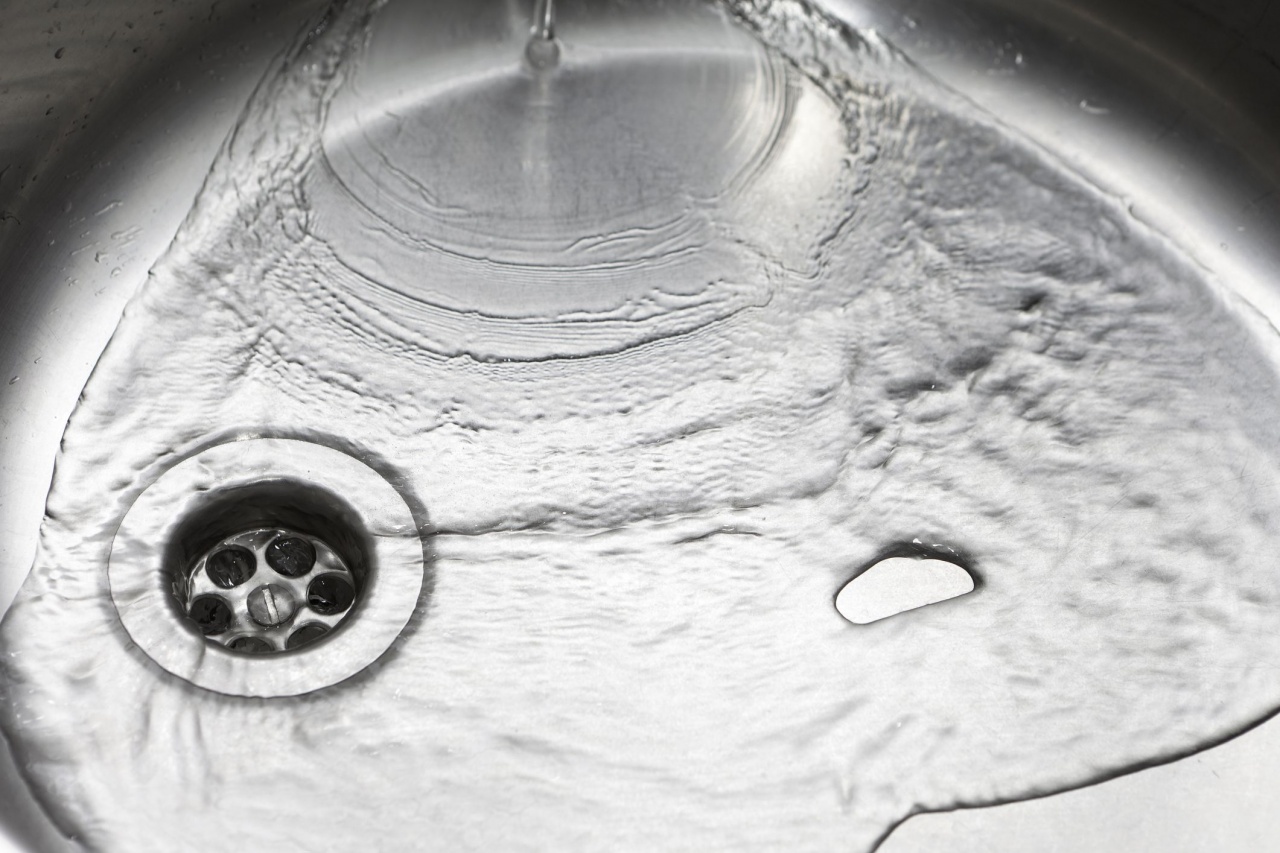
2. Position drain valves for winter It's important to leave your drain valves open all winter long to protect the lines from freezing water.
3. Clean out the refrigerator Switch off the power to the refrigerator and unplug it. Move all perishable food and drink to your indoor fridge, compost or dispose of. Clean the refrigerator completely with mild soap and water. Remove the front grill (the toe plate) and vacuum underneath it to remove loose dirt and debris. After you've cleaned underneath the refrigerator, put the front grill back on. If you have a regular drink-cooling fridge that you store outdoors, this is best kept in the stable conditions of your garage, as winter weather runs the risk of damaging its compressor.
A fridge that is outdoor rated, and thus weatherproof, is more equipped to withstand and run in winter conditions: these are made from 304 food grade stainless steel or higher and are rust and corrosion resistant. Most outdoor fridges also come with additional weatherproofing features, such as door and bearing seals to protect against rain, snow, heat or debris. If you have an outdoor fridge like this, you can keep this safely stored in your backyard patio or outdoor kitchen - even if you live in rainy and snowy locations. As long as it is emptied and unplugged during times when you know it won't be used for weeks or months at a time, your fridge should have a long life.
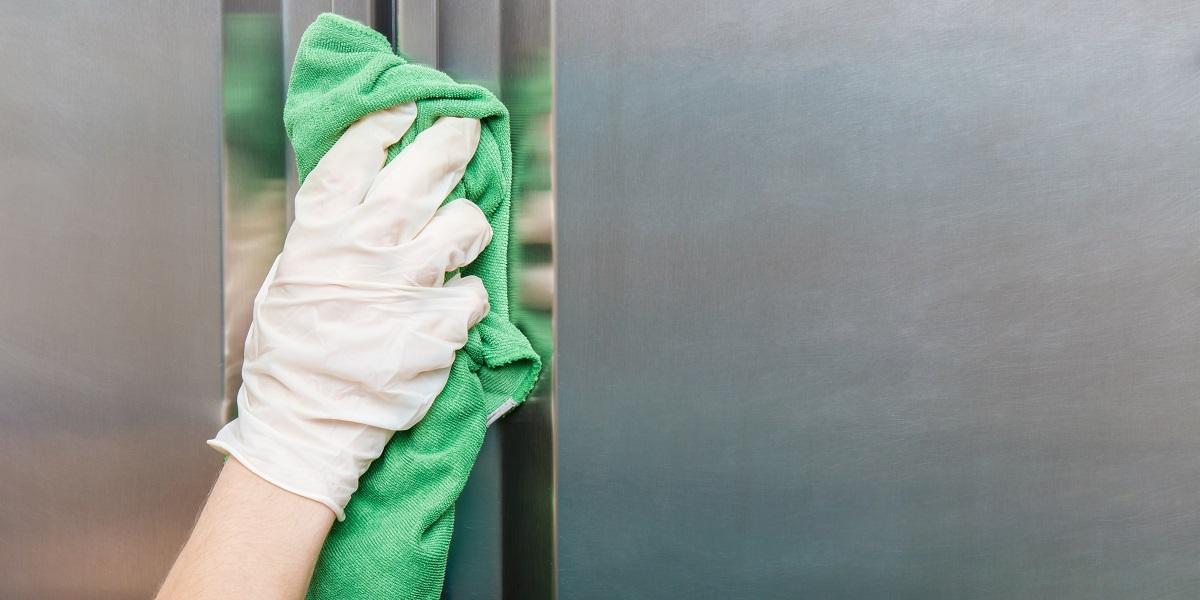
4. Clean out the ice maker Switch off the power to the ice maker. You should already have drained the water line and opened the drain valve. Remove any remaining ice from the ice maker and clean the ice bin with warm, soapy water. As with the refrigerator, do not cover your ice maker. This can lead to an accumulation of moisture that can damage the unit.
5. Clean the sink After draining the water line to the sink, fully open the hot and cold taps. Some people like to completely uninstall the faucet and store it indoors for the winter, but this is generally not necessary. Thoroughly clean the sink according to the manufacturer's instructions and then cover it securely to keep winter debris from scratching the finish and entering the drain.
6. Take care of the grill It will benefit from a thorough cleaning, starting with a good degreaser, and then followed with a stainless steel polish. For cleaning hard-to-reach areas, a metal brush works best. Empty the grill's cleanout, and give the cooking grates a thorough clean. Then season your cooking surfaces: Coat the cooking grates with a high heat oil like Canola. Wipe off excess oil with a paper towel. Put the grates back on the grill and heat the grill to about 500-degrees Fahrenheit, keeping the hood closed. Leave for about 20 minutes. This will allow the grill to season the cooking grates. The resulting cooking surfaces should be brown or black when they're sufficiently seasoned. Keep the hood vent closed. If you're not planning on using the grill at all during the winter, turn off the gas line.
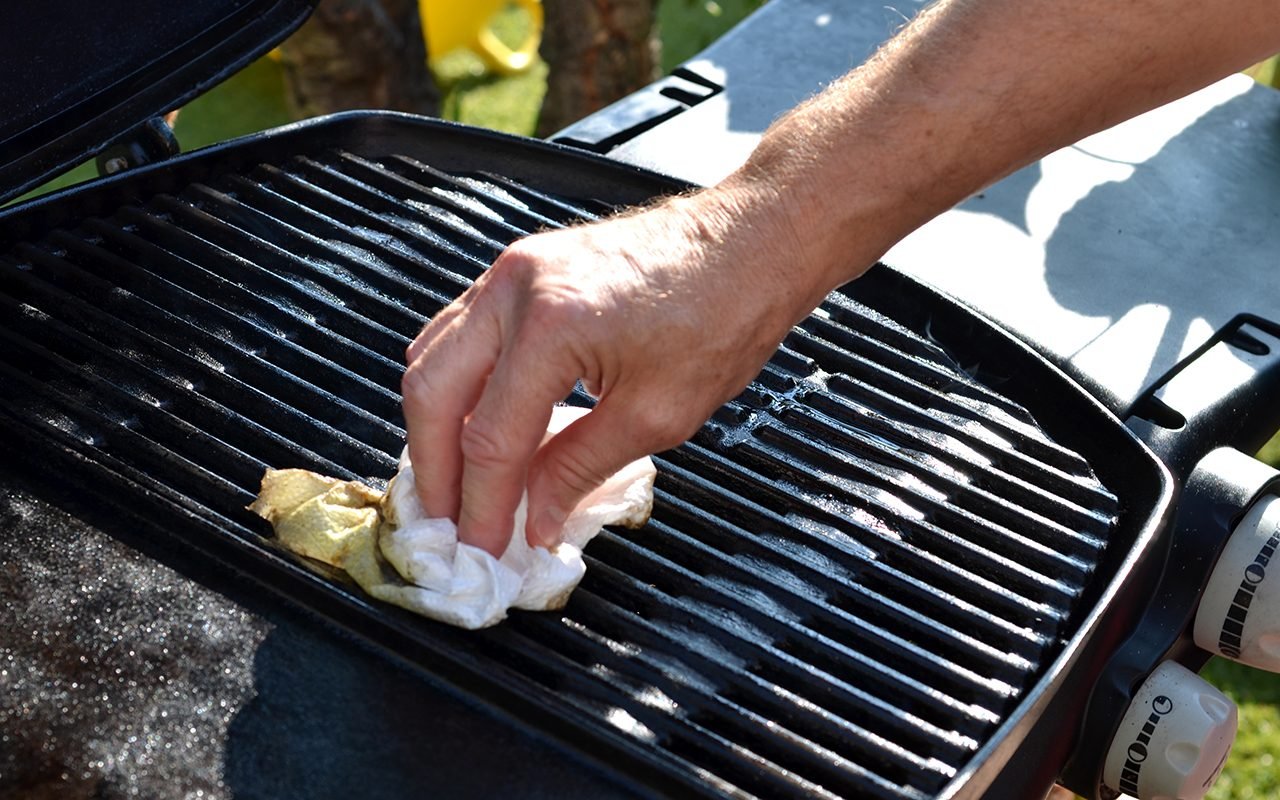
7. Winterize your cabinets Depending on what type of cabinets you have in your outdoor kitchen, your winterizing methods will be different. If you have stainless steel cabinets, coat them with a fresh layer of stainless steel polish. Any cabinets made from wood need to be oiled or sealed to protect them from winter's harsh temperature and moisture swings. This is also a good time to remove any food from your cabinets and transport it inside.
8. Put away your outdoor furniture One of the easiest ways winter can destroy your outdoor furniture is through a pile of snow. This can leave your furniture soaked for months, especially if the moisture is trapped under the snow, and susceptible to mold. Tuck away chairs, tables, and other outdoor upholstery in your shed, basement, or another storage area, if you have one. You won't need the furniture for a few months, but it's a good idea to store it all in a place that is easily accessible. You'll be glad you did when next summer comes around.
9. Cover your kitchen when not in use An outdoor kitchen is highly exposed to the elements. Even if you don't use it often, appliances and surfaces will need to be covered and maintained because they are outdoors. You can do this quite easily with a large tarp and a few small bungee cords. You should also take care to cover the BBQ grill (or any other type of cooking apparatus) portion of the outdoor kitchen island whenever it is not in use.
10. Get that fire pit ready! Fire pits are great to have, but they require maintenance. It is essential to make sure you remove debris frequently to keep your outdoor fire pit in good condition all winter long. This includes removing ashes from wood-burning fires, as well as leaves and twigs from nearby trees. If your fire runs on gas and you don't plan on using it this winter, make sure to turn off the supply. It is also a good idea to keep your fire pit covered, especially if it snows or during heavy rains. It will also keep pests and animals out. There are lots of weather-resistant covers available, and you can also get them custom designed.
Following these simple steps, you will be putting your outdoor kitchen to rest properly for the winter and it will be getting the end-of-season maintenance it deserves. Additionally, you will be protecting your investment and - just as important - your kitchen will be ready to serve you in the spring for more enjoyable, memory-making outdoor events!
